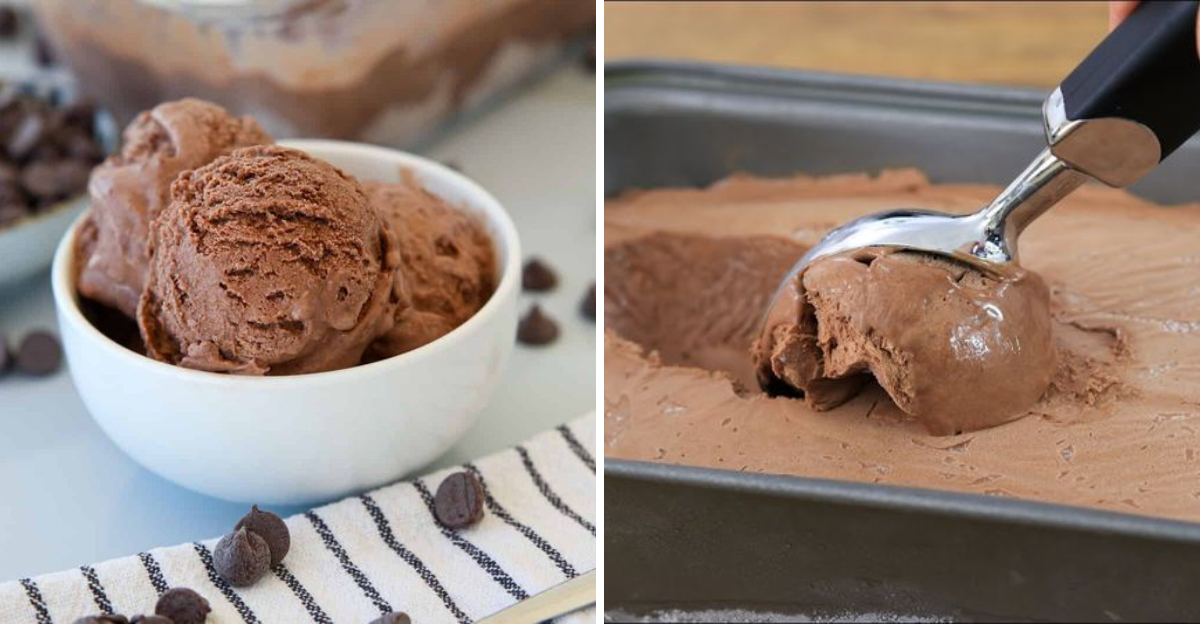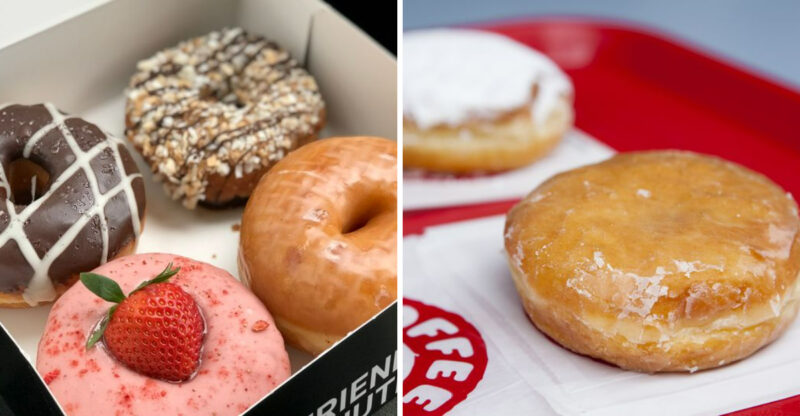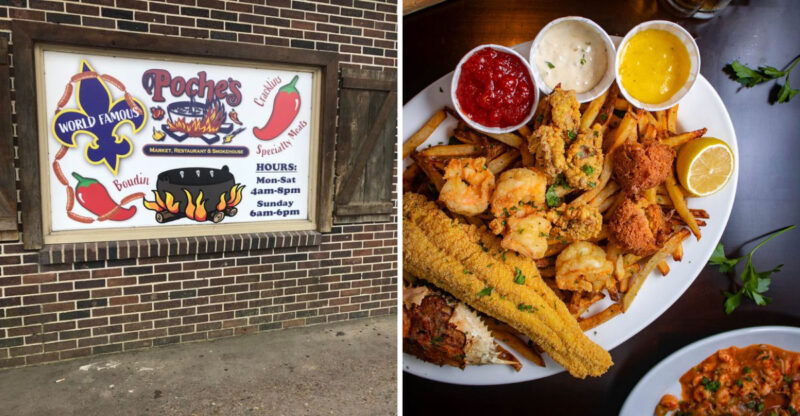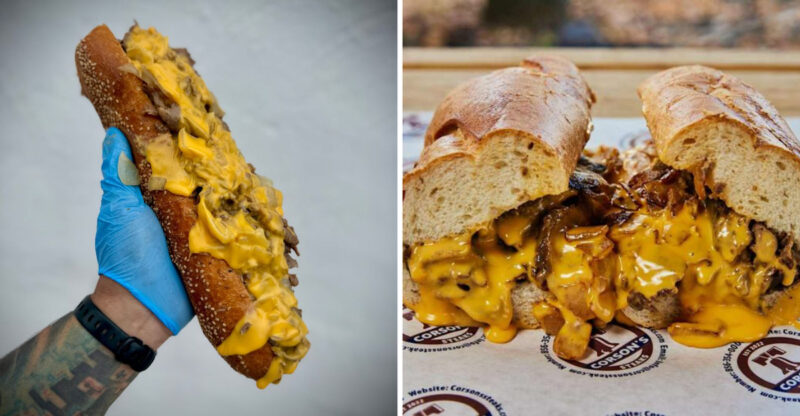10 Secrets Behind The Best Chocolate Ice Cream You’ll Ever Make

Making chocolate ice cream at home can transform an ordinary dessert night into something magical. The perfect scoop has a velvety texture, deep chocolate flavor, and just the right amount of sweetness.
If you’ve been disappointed with homemade attempts before, these insider secrets will revolutionize your ice cream game forever.
1. Use High-Quality Cocoa Powder
Dutch-processed cocoa creates that deep, dark chocolate color and flavor you crave. The alkalization process reduces acidity, resulting in a smoother taste profile.
Many home cooks skimp here, but this is your foundation! Premium brands like Valrhona or Ghirardelli will elevate your ice cream instantly.
2. Add A Touch Of Espresso
Coffee doesn’t make your ice cream taste like a cappuccino – it actually enhances chocolate’s natural flavor compounds. Just a teaspoon of espresso powder works magic.
Professional pastry chefs swear by this trick. The slight bitterness balances sweetness while intensifying that chocolate punch your taste buds desire.
3. Splurge On Real Vanilla
Vanilla extract might seem counterintuitive in chocolate ice cream, but it provides crucial depth. Skip the imitation stuff – those tiny specks from real vanilla beans make all the difference.
The aromatic compounds in vanilla actually enhance our perception of sweetness. This means you can use less sugar while maintaining that perfect dessert satisfaction.
4. Master The Egg Yolk Ratio
Egg yolks are the secret to that custard-like richness. Most recipes call for 4-5 yolks per quart, but professional ice cream makers often use 6-8 for ultimate creaminess.
The lecithin in yolks acts as a natural emulsifier. This prevents ice crystals from forming during freezing, giving you that smooth-as-silk texture that store-bought can’t match.
5. Incorporate Melted Chocolate
Beyond cocoa powder, folding in actual melted chocolate creates unbelievable depth. Choose a high-percentage dark variety (around 70%) for sophisticated flavor without overwhelming sweetness.
The cocoa butter in real chocolate improves mouthfeel dramatically. It melts precisely at body temperature, creating that magical moment when ice cream dissolves on your tongue.
6. Chill Thoroughly Before Churning
Patience pays off! Refrigerate your base for at least 8 hours, preferably overnight. This aging process allows proteins to relax and flavors to develop fully.
Cold base freezes faster in your ice cream maker. Quicker freezing means smaller ice crystals, which translates directly to smoother texture in your finished dessert.
7. Salt Brings Flavor Alive
A pinch of salt doesn’t make ice cream salty – it amplifies every other flavor note. Flaky sea salt works beautifully, but even regular table salt makes chocolate taste more like chocolate.
Salt reduces our perception of bitterness while enhancing sweetness. This balance is especially important with dark chocolate varieties, where those complex flavor notes need careful highlighting.
8. Fat Content Makes Or Breaks Texture
Heavy cream provides that luxurious mouthfeel you crave. Some recipes try substituting milk to reduce calories, but the resulting ice crystals will disappoint your taste buds.
Aim for at least 16-18% butterfat in your final mixture. This sweet spot delivers optimal scoopability straight from the freezer, with that slow, satisfying melt that defines premium ice cream.
9. Liquor Creates Scoopable Magic
A splash of liquor does double duty in chocolate ice cream. First, alcohol lowers the freezing point, keeping your creation scoopable even after hours in the freezer.
Second, spirits like bourbon or rum contribute complementary flavor notes. Just a tablespoon or two is enough – you’re looking for chemistry magic, not a boozy dessert!
10. Perfect Your Churning Technique
Stop churning earlier than you think! The ideal consistency resembles soft-serve, not hard ice cream. Over-churning incorporates too much air, diluting flavor and creating an overly fluffy texture.
After churning, press plastic wrap directly onto the surface before freezing. This prevents those dreaded ice crystals that ruin texture and diminish that fresh-made flavor experience.






